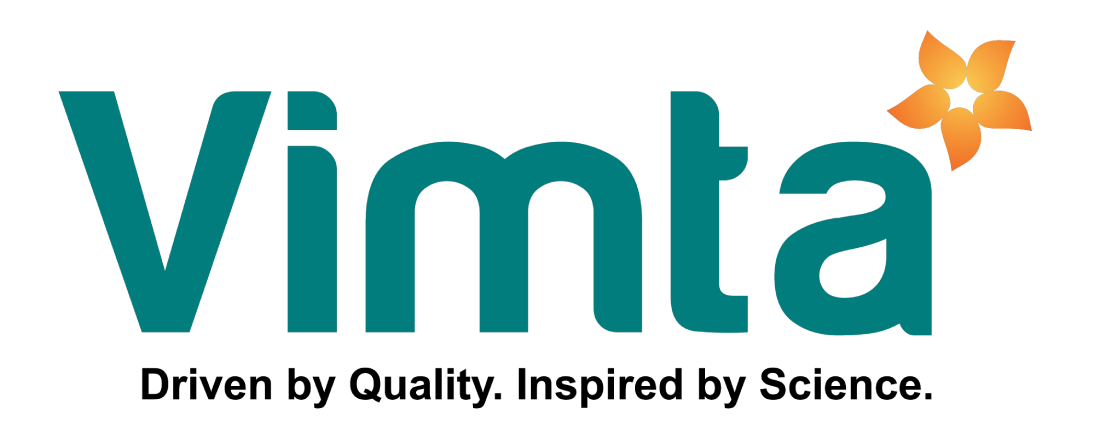Microbiology
- Clinical Microbiology , most complex field of sciences with dedicated interpretative acumen for diagnosis
- Team of proficient scientists which includes postgraduates in Medical Microbiology guided by a team of experienced Clinical Microbiologists
- Experienced in taking critical decisions regarding nature of isolated organisms, their pathogenic nature depending on site, quantity of the organisms isolated, special techniques required for maximum recovery of pathogens
- Department provides various techniques in Microscopy, Routine bacteriology and susceptibility testing, blood culture Mycology, Yeast and Mould identification, Mycobacteriology and Mycobacterial Drug Susceptibility testing
Techniques provided
Microscopy : Direct microscopic examinations offered for samples reveal gross pathology. Gram stain, AFB stain, KOH mount, India ink stain offered , giving the treating clinician an idea on suspected organism.
Routine bacteriology and susceptibility testing:
- Cultures incubated on select media at optimal temperatures and in appropriate conditions, recovery of pathogens. Semiquantitative cultures performed for Urine, BAL, and ET secretions ,quantitation predictions whether organism is considered as pathogenic or normal flora. Post incubation, supportive and differential agar cultures of specimens studied for colony morphologies suggestive of pathogenic bacteria, nature of which varies depending on type of specimen and source of specimen
- Blood culture automation
- Increased sensitivity, lag / log phases, antibodies dilution & rapid detection.
- Pathogens for which antimicrobial therapy is not predictable are tested for susceptibility to antimicrobials using the best possible system for that organism / antimicrobial agent combination according to latest CLSI guidelines and drugs grouped as first-line, second-line and supplemental drugs to provide better guidance of antimicrobial therapy to the clinician
- E test, special antimicrobial susceptibility testing done for special organisms
Mycology : Routine fungal cultures: special and selective media which suppress the growth of saprophytes, most pathogenic fungi are recovered from clinical specimens
Yeast and Mould Identification : Moulds are identified based on visual morphology, growth temperature, and other characteristics
Mycobacteriology :
- Direct microscopic exam with fluorescent stain & ZN stain performed routinely for AFB
- Culture and identification of mycobacteria using both liquid and solid media; Microbiology uses two media, both solid and liquid media for better detection of Mycobacteria from pulmonary & non pulmonary samples
- Automated broth incubation system for detection of mycobacterial cultures monitored hourly for better positivity and quicker detection
- Positive isolates identified by Microscopy and a rapid method to provide a quicker result
Drug susceptibility Testing : M. tuberculosis complex isolates are tested for sensitivity to first-line and second-line drugs with MGIT instrument.


